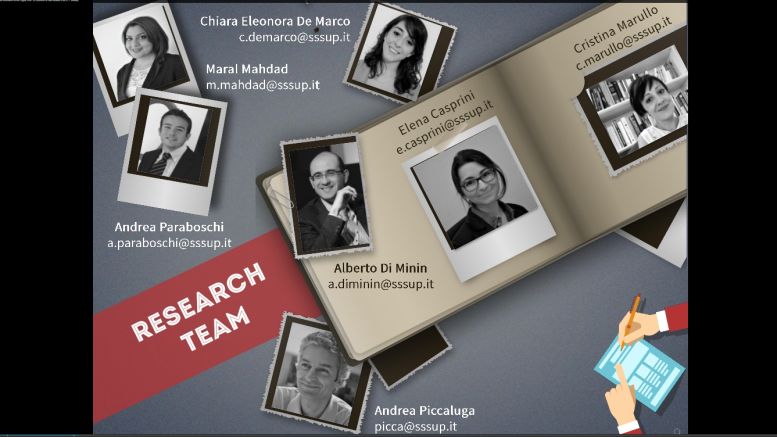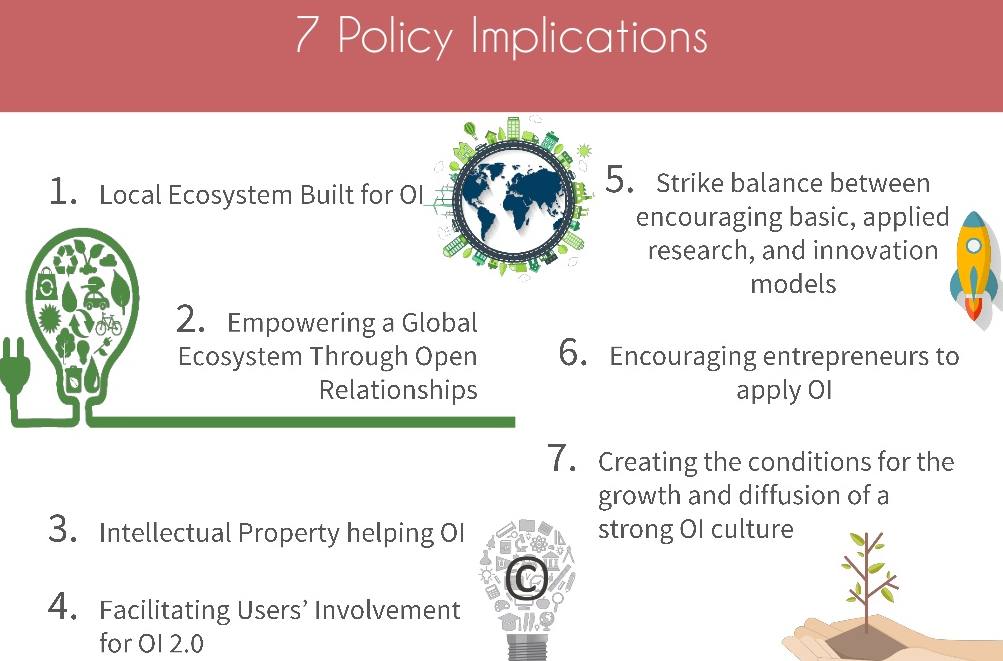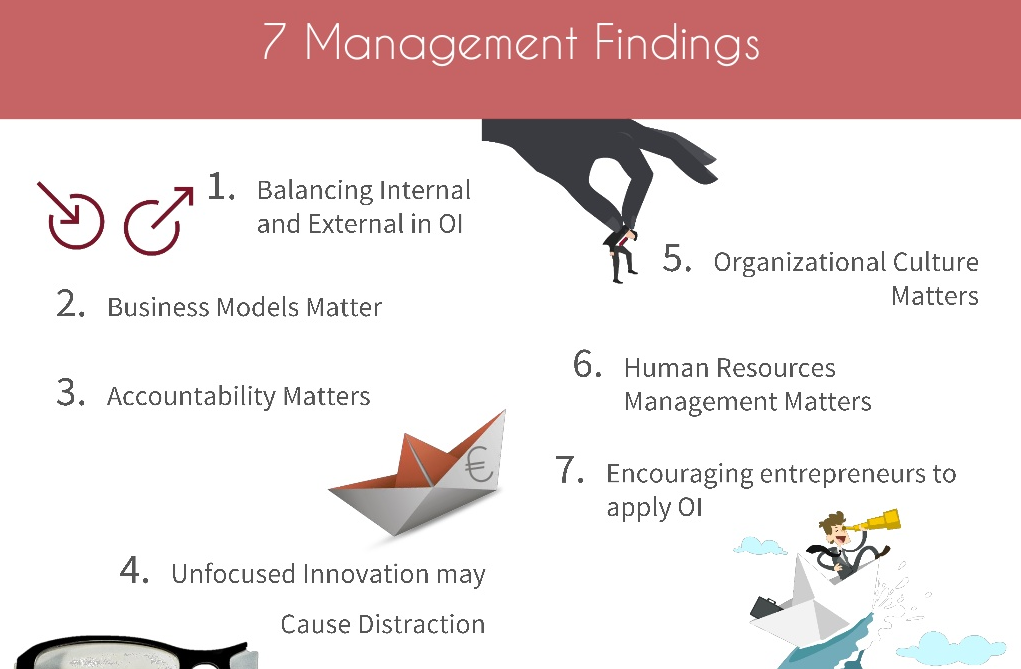After 2 years of work, the EU Commission has published a study coordinated by Alberto’s team in Pisa on Open Innovation in ICT.
⇒ Go to the website of the project
In all our 13 cases, companies’ innovation strategies tended to be “open but controlled”. A strong balance was needed between openness (e.g. collaborative R&D, open business models and digital 2.0 business models) and control (clear appropriation strategies to ensure a “return on R&D investments”). Large companies can easily implement OIS because they are better positioned than SMEs to orchestrate research partnerships (e.g. setting the agenda of large consortia). These companies are more likely to approach OIS using Human Resources Management and to focus on long–term objectives. SMEs implement OIS by opening up their business model and benefit from relevant external knowledge needed to unlock the market potential of technology. SMEs participate in large R&D networks and engage in ecosystems to gain reputation, foster expertise exchange, and gather new skills. An OI culture and adequate appropriation strategies allow SMEs to successfully open their R&D processes without bearing rising search costs and without risking losing business-critical knowledge.
We identified drivers and barriers for companies pursuing OIS in Europe. Drivers include EU consortia (cooperation and networking) and the building of communities and platforms to share assets that they can control (e.g. IP protected assets). Companies also faced barriers to OIS because their internal management struggled to balance internal R&D and external knowledge absorption. Some companies felt that European and national innovation systems did not provide sufficient institutional support and/or they felt that some rules and regulations prevented innovation.
The study identifies seven policy implications for Open Innovation:
1. Policymakers can help build local ecosystems for Open Innovation. They can support the creation of large research campuses, and they can help connect stakeholders.
2. Policymakers should ensure that their programmes encourage a global ecosystem through open relationships.
3. Policymakers must recognize the limits of the current patenting system and explore alternatives. They should provide support for SMEs to secure proper IP protection and engagement (e.g. licensing transaction costs) in order to help Open Innovation.
4. To garner OI 2.0 benefits, policymakers can facilitate the dynamics of user-led and user-made innovation by supporting crowdsourcing mechanisms. For example, they can promote innovation by awarding prizes for innovative solutions to societal challenges (e.g. inducement prizes).
5. Policymakers should strike a balance between encouraging basic research, applied research, and innovation models.
6. Policymakers need to remain open to new forms of Open Innovation and other growth models because the targeted exponential growth model may not function for all business (e.g. the production of physical goods).
7. Policymakers can contribute to creating the conditions for the growth and the diffusion of a strong Open Innovation culture. For instance, they can create education seminars for OI, prepare engineers, doctoral students and managers for the implementation of OI strategies.


